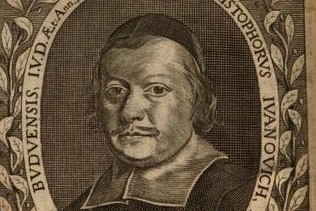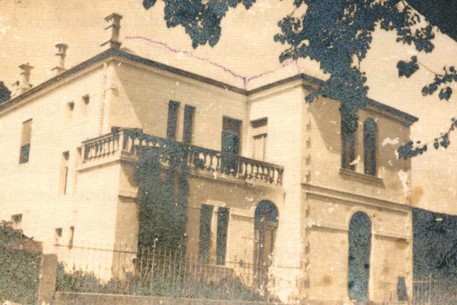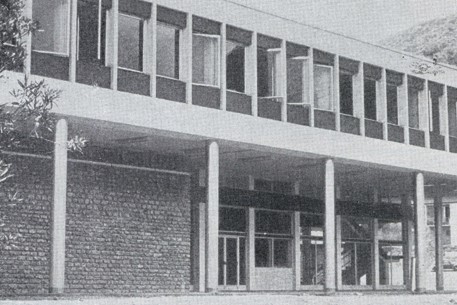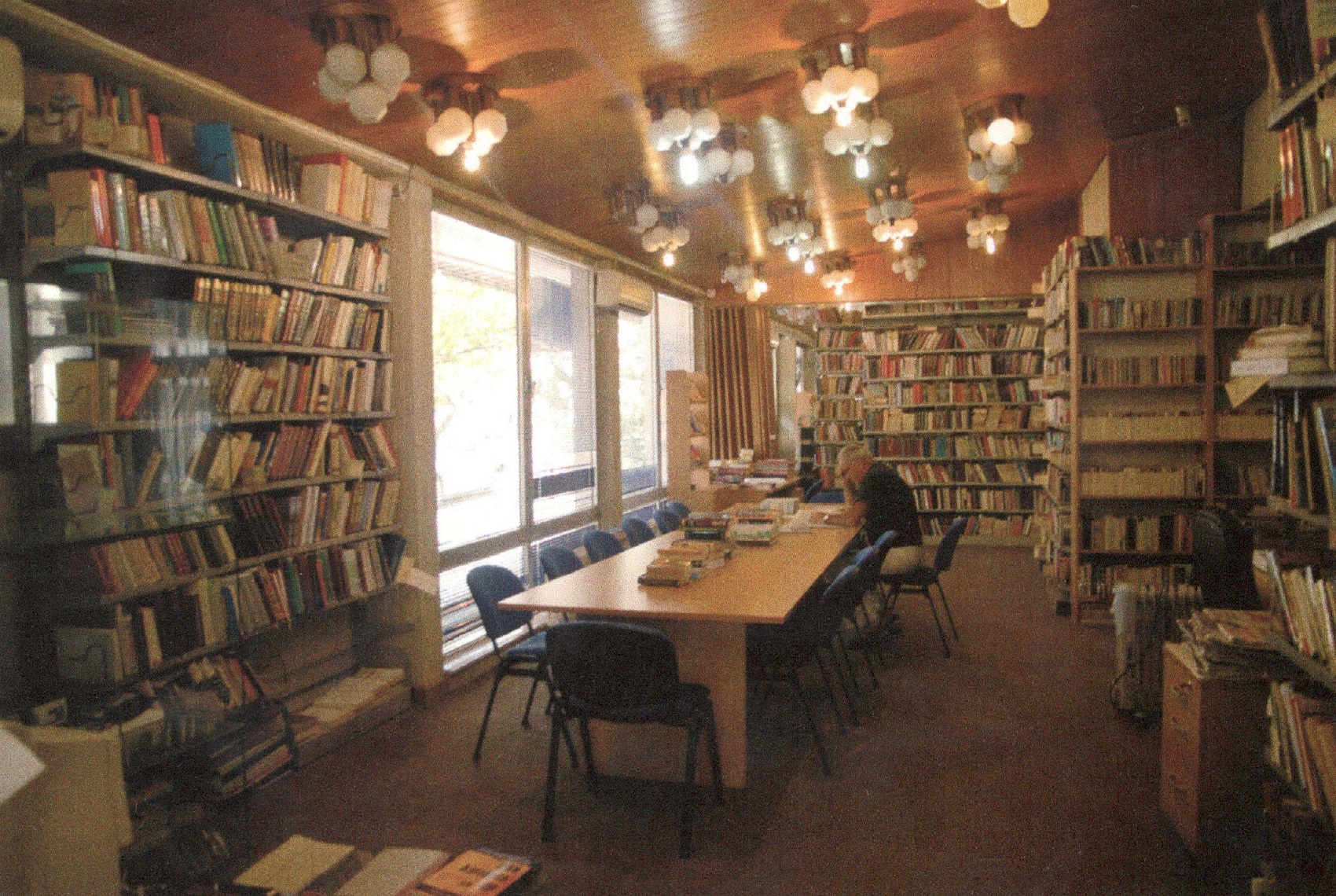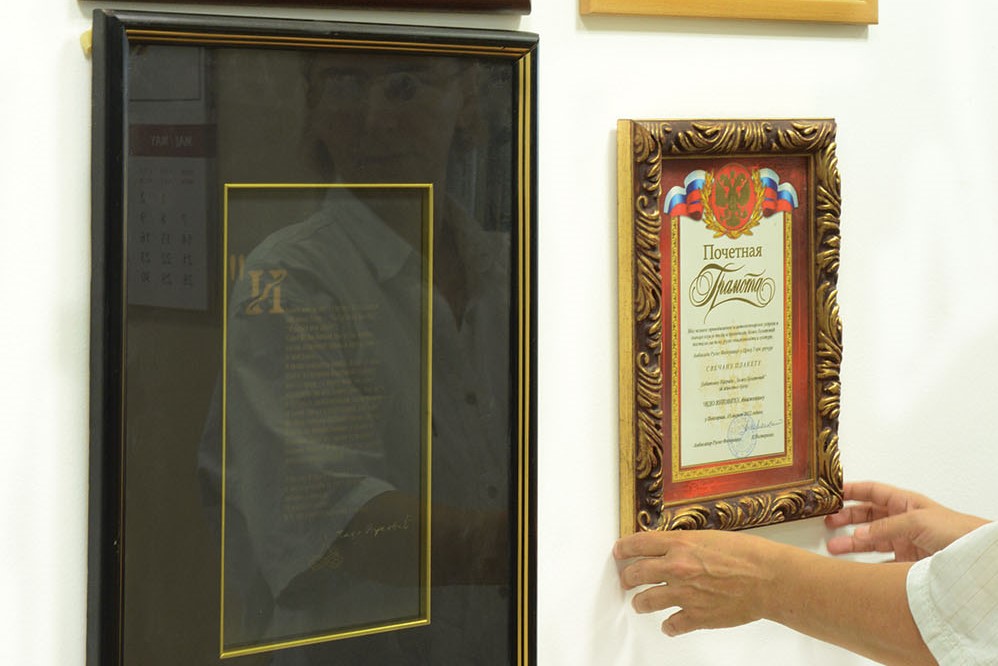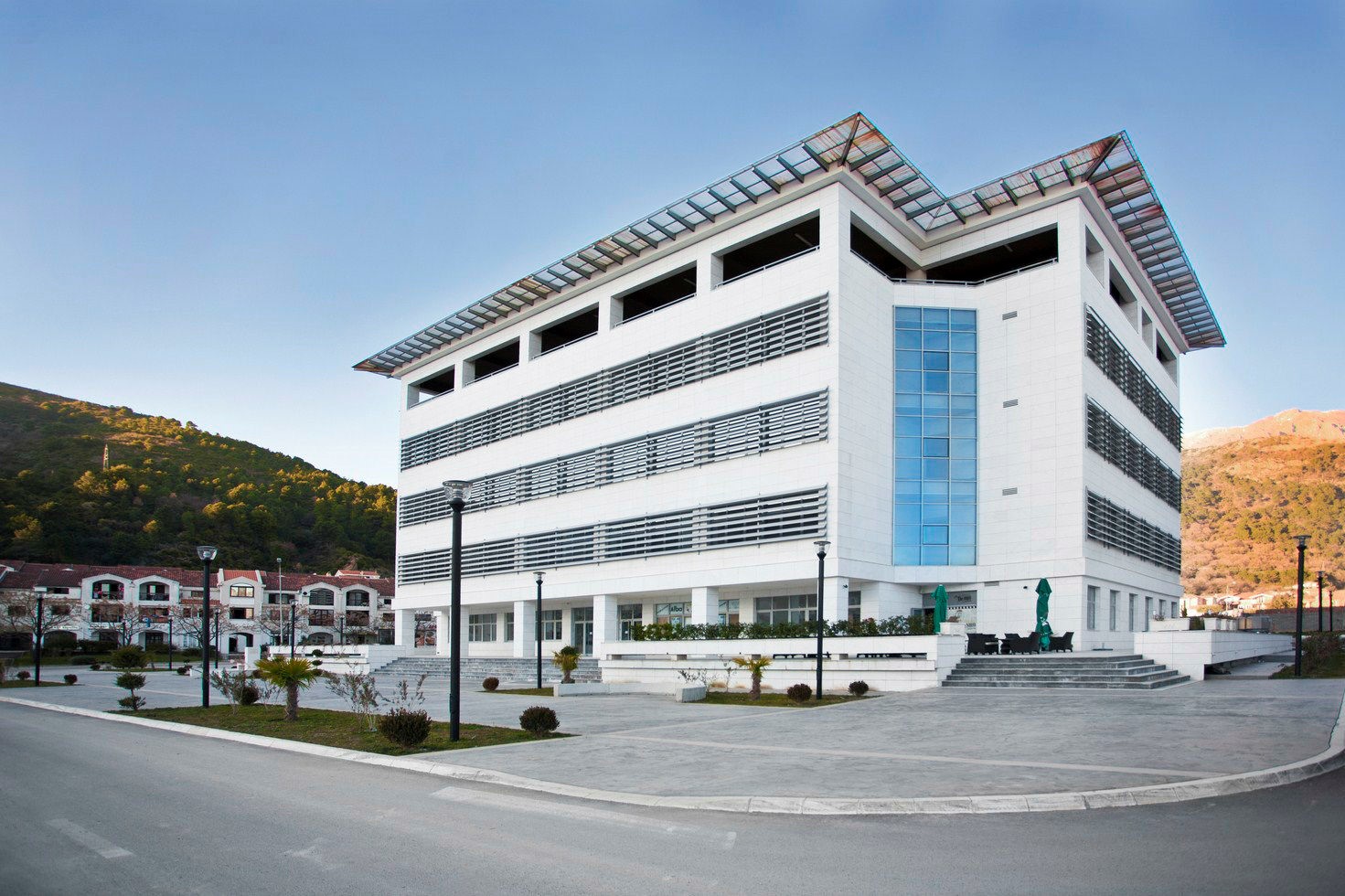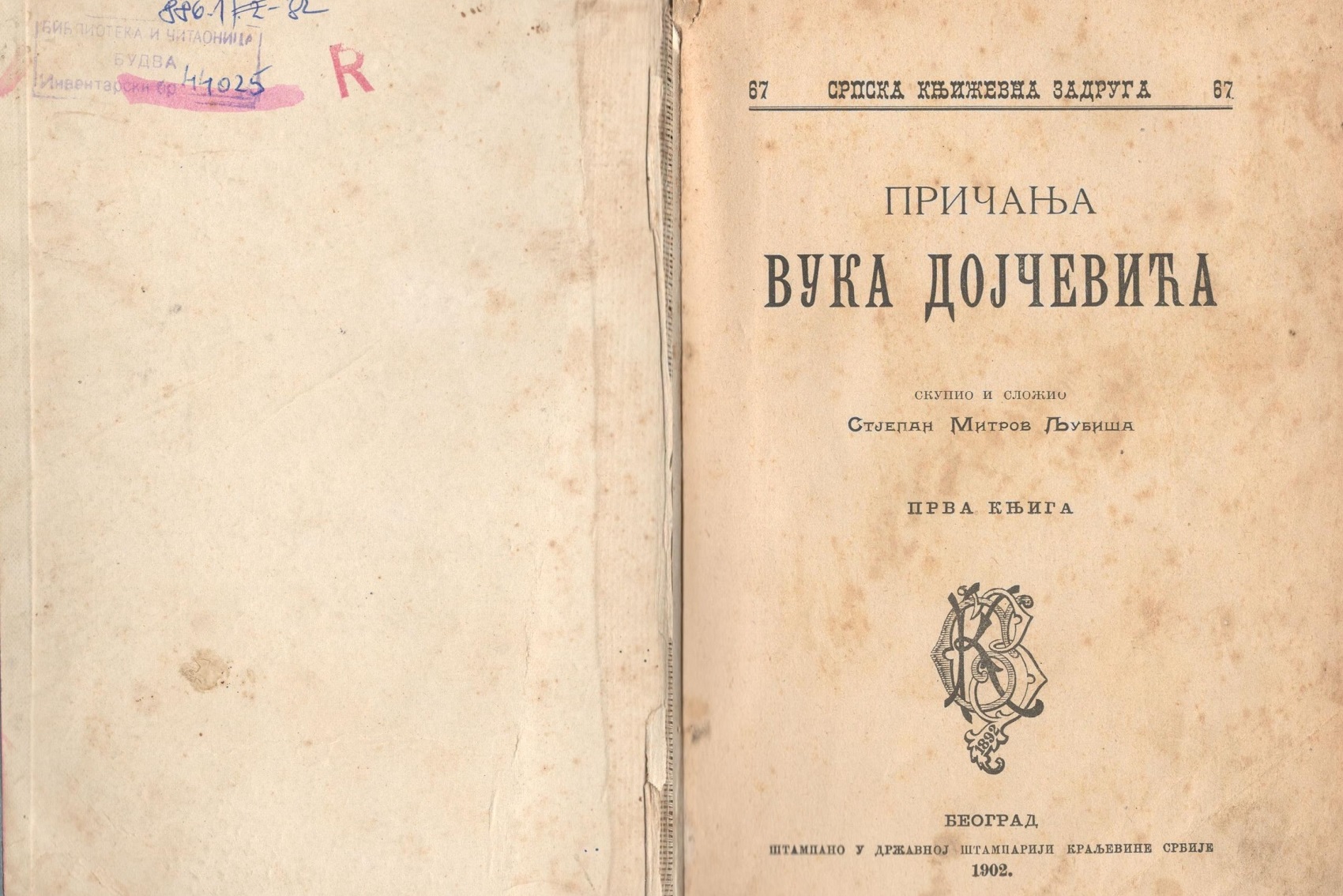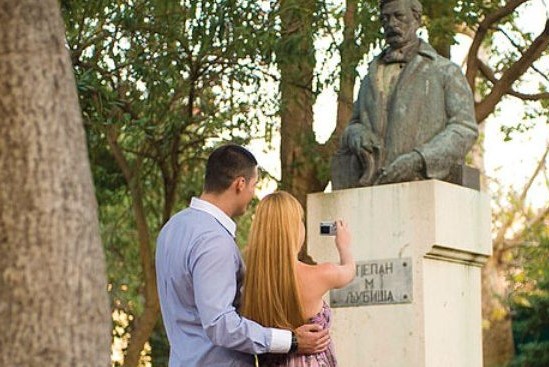According to the national Library Law, one of the basic tasks and obligations of municipal public libraries is the establishment of local history collections. The Library of Budva formed the Local History Collection in 1990. Organized work on collecting library materials related to the local history dates since then.
To begin with, publications which the Library held in its possession were withdrawn. Together with determining acquisition needs for the Local History Collection, the Library began to collect and/or photocopy materials from private libraries, from public institutions and companies, publishing houses, archives, public and national libraries. The most important help was provided by the Historical Archive of Budva, led by PhD Miroslav Luketić.
Recognizing the gravity of the project, the Library sought help from institutions, local autors, cultural workers, and authors of numerous published and unpublished papers that deal with, or explore the cultural past and present of the municipality of Budva.
The Local History Collection is a special collection of the Public Library of Budva. The Collection consists of a library material that refers to the territory of the municipality of Budva as a geographical, ethnic, historical, cultural, economic and political area.
This Collection comprises of works of all authors born in Budva, as well as of authors born in the territory of the municipality of Budva, even if this is created outside the borders of the municipality and outside the state borders of Montenegro. The library material by authors who are not indigenous, but have been living and working in the municipality of Budva for many years, and whose creativity influences the development and affirmation of the local community, are part of the Local History Collection, too. The Collection also includes all works that were published on the territory of the municipality, regardless of its content and of place of birth of its author, as well as promotive material and proceedings from scientific meetings held in the municipality, even though their authors and the topics may not be related to Budva.
The material of the Collection includes: monographic publications printed and otherwise multiplied, periodicals, old and rare books – manuscripts, cartographic publications, graphic maps and engravings, printed music, non-book material (tapes, vinyl records, films, photographs, postcards, video tapes, CD disks and contemporary multimedia carriers), and official documentary and informative material from local institutions, organizations, societies and associations.
All this qualifies for the Collection without time and language limitations. All monographic publications of the Local History Collection have been processed In the UNESCO CDS/ISIS library program BIBLIO. The work on "Primorske novine" is currently under way.


